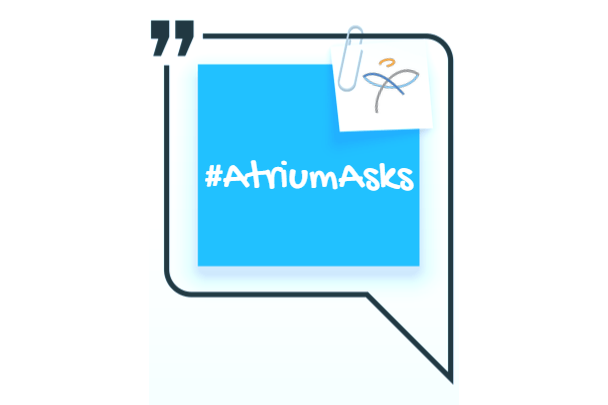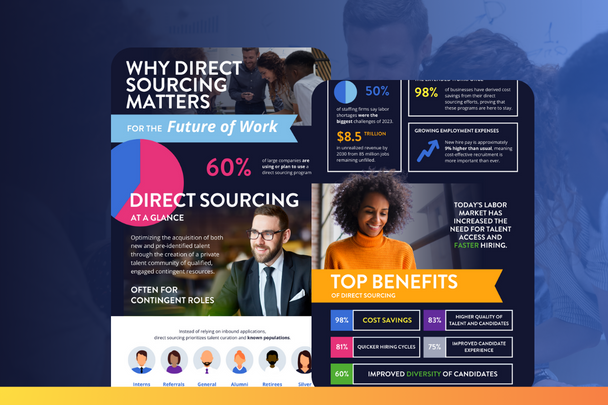Within contingent program ecosystems, supplier management and engagement are key to MSP program success. Services such as EOR Payrolling, Direct Sourcing, Recruiting, and Talent Technology can be complex. They become even more complicated when operating as disparate systems or through various departments. Having a Managed Service Provider creates a single source to access a centralized team and high-touch service solution.
#AtriumAsks Executive Director, Kevin Leete: “What’s the Value of an MSP Program to Mid-Market Companies?”

To understand the value of an MSP Program to Mid-Market organizations, let’s start by defining Managed Service Provider and Mid-Market.
Generally, an MSP is similar across market sizes, industries, and even geographies. Within the mid-market space, oversight of a contingent workforce program often requires a Managed Service Provider (MSP) to optimize efficiencies among various technologies, vendors and workflows. It’s a unique opportunity to ensure there is a human element to manage talent, increase transparency and enable comprehensive insight for your workforce in its entirety.
Mid-market, in the context of Contingent Workforce Management, defines an organization with 500-2000 employees and a contingent worker population of at least 50 people. Or, in the context of spend, an extended workforce with costs around $5 million would represent a mid-size company. This market, in particular, can benefit greatly from an MSP Program. Here’s why…
3 Reasons Your Extended Workforce Needs an MSP Program
1. Contingent Labor is Risky Business.
Compliance and risk mitigation are central to managing a contingent workforce. It requires extensive hands-on work with suppliers, workers, and internal stakeholders. This kind of work comes with concerns of co-employment risk, worker misclassification, and other legal considerations. An MSP Program can ease these and other worries for mid-market companies by assuming or providing expert guidance on those risks.
2. Contingent Labor Demands Are Growing.
With the increasing need for contract and other temporary labor comes, costs are increasing too. There is potential for “Wild West” environment when scaling programs. It’s vital to secure partnerships and control expenses. Businesses are competing for top talent, particularly in niche fields like IT, Clinical, and Healthcare. In many instances, supplier predatory pricing can become the norm. By partnering with an expert to guide your MSP program development, you can better understand the ROI of your investment to proactively address costs and/or concerns.
3. Human Resources are Limited.
In today’s economy, HR budgets and headcounts are tight. Especially for mid-market companies, internal headcount and reduced overhead are major focus areas. Working with an MSP allows for greater flexibility within your program because, an MSP Program leverages the full breadth of combined expertise, both people and technology.
The overall function of a Managed Service Provider is to help businesses meet and exceed evolving cost, compliance, and technology goals. Large organizations have utilized MSP Programs for more than 20 years to bring order and process to their extended workforce. Now, the mid-market is following suit. If you want to adopt more flexibility and power greater contingent solutions, you should, too. As the broader workforce continues to change, an MSP can help you stay ahead of the curve.
If answering this question evoked more questions, send them my way: kleete@atriumworks.com.








